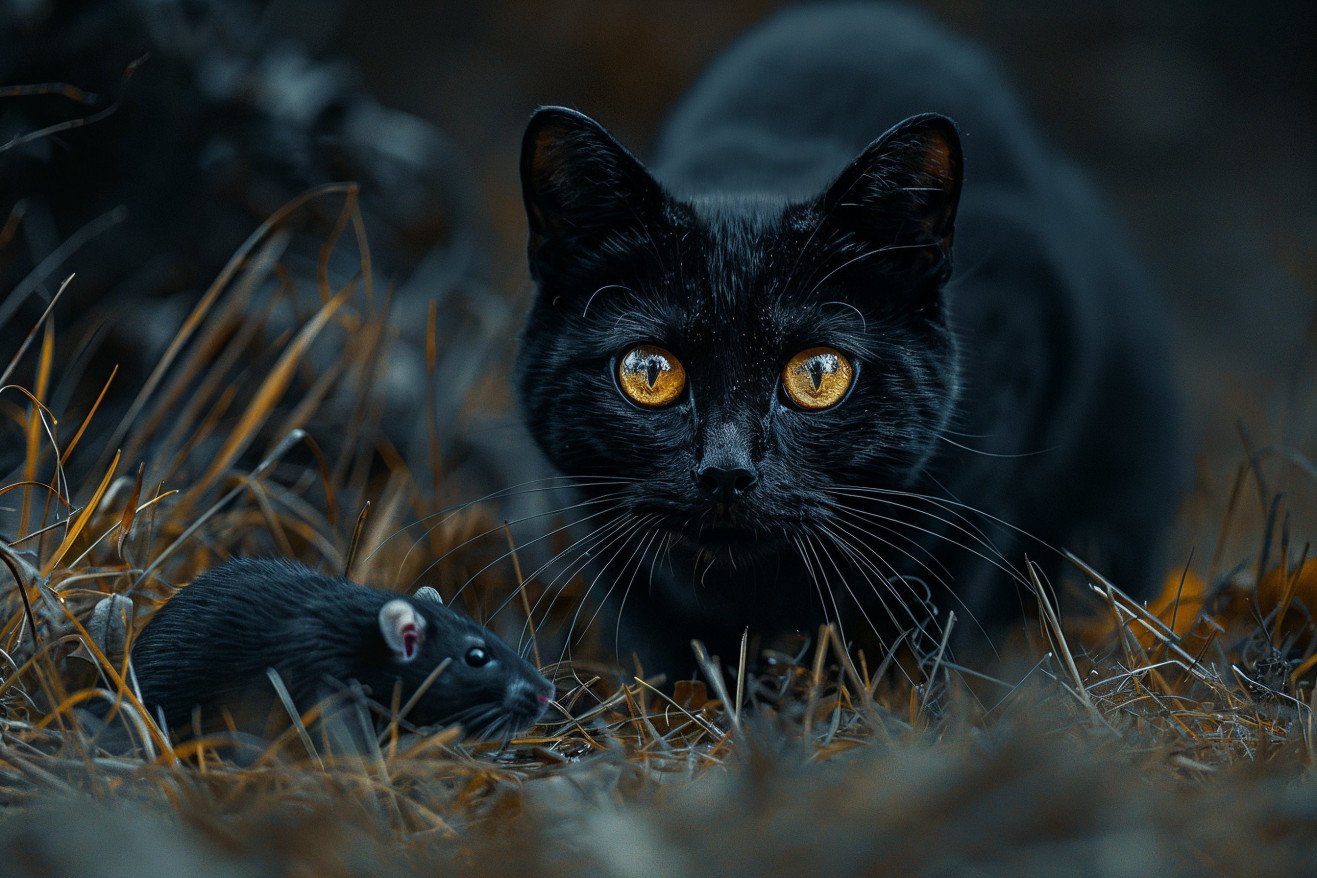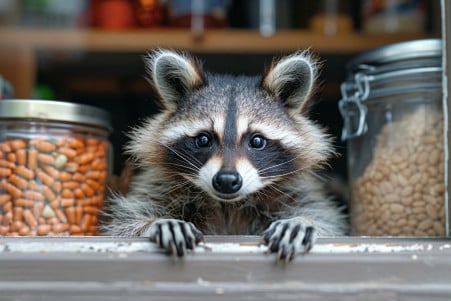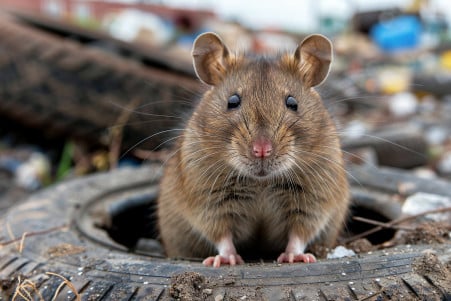What Eats Rats? A Guide to Natural Rat Predators
19 April 2024 • Updated 17 April 2024

If you're dealing with a rat problem, learning about the animals that eat rats can help you better understand how to control the issue. Rats have many natural predators, including snakes, hawks, owls, cats, and some dogs. However, larger rat predators like coyotes and foxes tend to stay away from the urban areas where rats are most common.
While chemical poisons and traps are often used to get rid of rats, learning about their natural predators can be helpful. In this article, we'll cover the findings of wildlife biologists and pest control professionals who have studied the animals that prey on rats. This information can help you determine which predators are most likely to be effective for your specific location and circumstances. Whether you're thinking about getting a cat or you're considering letting natural predators move into your area, knowing a rat's predators can help you make more informed decisions.
What animals prey on rats?
Snake Predation Strategies
Snakes are carnivorous predators that eat a wide range of prey, including rats and other rodents. Constrictor snakes such as pythons and boas use constriction to kill rats and then swallow them whole. Constrictors tend to have large heads and many teeth to help them secure their prey initially. Venomous snakes such as vipers use venom injected through long, hollow fangs to quickly subdue rats after they strike. Their bodies are short and stocky to generate the power needed for their fast strikes.
Elapids, such as coral snakes, are active foragers that are part of the Elapidae family, and they use their speed, agility, and highly potent venom to subdue fast-moving prey like rats. As PetMD notes, pet snakes are typically fed frozen/thawed mice or rats, and how often they are fed depends on their age and size. Younger, smaller snakes may be fed every two days, while larger adults may only need to be fed every few weeks. Frozen prey is preferred over live feeding because it reduces the risk of disease transmission. Snakes' predation strategies are a testament to their adaptability as rodent predators in a wide range of environments.
Diseases and Other Health Risks
Rats are known to carry and spread a number of diseases to humans, either directly or through other animals like fleas and ticks. The CDC lists some of the most dangerous diseases that rats can transmit to humans as hantavirus, leptospirosis, rat-bite fever, plague, and salmonellosis. These diseases can be spread to humans through direct contact with rodents, their urine, or their droppings, and in some cases, through the air.
Orkin explains that many of these diseases can cause serious health issues including organ failure, internal bleeding, and death if they are not treated. This is why it is so important to take the proper precautions when cleaning up after a rat infestation, including wearing gloves, masks, and avoiding direct contact with rat droppings.
While human infections are relatively rare, a study published in PMC found that rats can carry over 50 different infectious agents with zoonotic potential. The high prevalence of these infectious agents in rat populations means that they continue to pose a public health risk. Reducing the number of rats in an area through the use of natural predators or other means can help lower the risk of disease transmission to humans.
How to Keep Pets Safe From Rat Infestations and Rodenticides
To keep pets safe from the dangers of rat infestations and rodenticides, it's important for pet owners to make sure their pets are current on their vaccinations. This is because, as the Terminix blog notes, vaccines can help protect against the disease pathogens that wild animals carry. It's also important to make sure pets are on tick and flea prevention, as these parasites can be carried by nuisance wildlife.
If you have pets, it's important to avoid leaving pet food outside, as this can attract rats and other wildlife to your yard. The CDC suggests that pet owners bring food and water bowls inside, especially at night, to avoid attracting rodents. In addition, pet owners can make sure to seal up any entry points and remove any potential nesting sites around their homes to help keep rats away from their pets.
While rodenticides may seem like a quick and easy way to deal with a rodent problem, Neogen cautions that these poisons can be very dangerous if pets accidentally eat them. Pet owners should make sure to place any rodent baits in tamper-resistant bait stations that are inaccessible to pets, and they should also make sure to get their pets to the vet immediately if they suspect their pet has been poisoned by rodenticides. It's also important to make sure to follow the directions on rodenticide products carefully to help keep pets safe.
Humane and Non-Lethal Rat Control Methods
Getting rid of food sources, sealing up entryways, and clearing out potential nesting areas are all ways to control rats that don't involve killing them, as suggested by The Humane Society of the United States. In addition, natural repellents like essential oils, herbs, and vinegar can deter rats from certain areas without hurting them, according to American Rat Control.
While live traps can be used to capture rats and then release them elsewhere, it's important to note that this method may not be humane, as pointed out by PETA. In addition, one way to control rats is to invite natural predators like cats, dogs, or birds of prey to live in an area, as described by Safe Rodent Control.
For long-term, sustainable rat control, an integrated pest management approach that uses a combination of humane methods is best, according to Humane Society International. This kind of approach can be tailored to effectively get rid of infestations while keeping the best interests of people and animals in mind.
Conclusion: Taking a Holistic Approach to Rat Control
Rats have many natural predators that help keep their populations in check, including birds of prey, snakes, cats, and certain dog breeds. While these predators help control rats in the wild, additional measures are often necessary to address infestations in urban and residential areas. Rats can carry and transmit a number of diseases, so controlling their populations is important for public health and safety.
To effectively control rat populations in the long term, a combination of humane, non-lethal methods, including exclusion, deterrents, and encouraging natural predators, is recommended. In addition, responsible pet owners should prioritize protecting their pets from potential hazards like rodenticides and disease transmission.


